How do aluminum LED PCBs improve LED efficiency?
- Views
- 15 Apr 2024
Are you trying to find a reliable material for your LED devices? And are you curious about “can I use the aluminum PCB in my project?” Herein, Best Technology is sharing the professional information about aluminum PCB to help you understand the aluminum PCB.
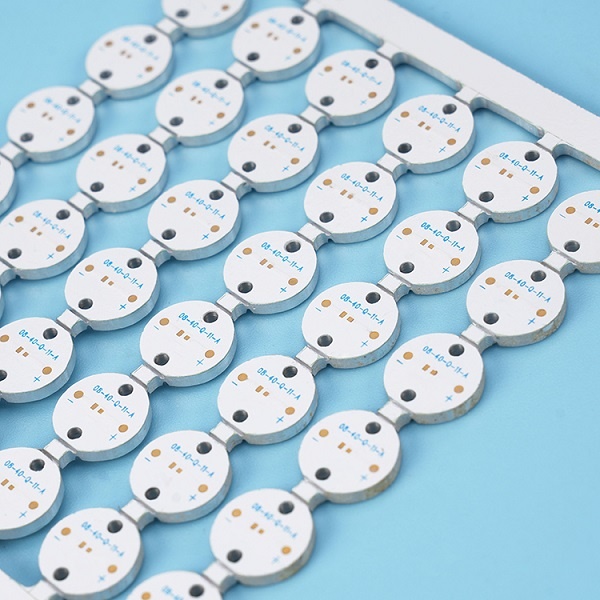
What is an Aluminum LED PCB and its structure?
An aluminum LED PCB refers to a printed circuit board designed for LED applications that uses aluminum as its base material. The structure typically consists of a thin layer of conductive copper (as the trace layer), followed by a dielectric layer and an aluminum base. The choice of aluminum is critical due to its superior heat dissipation properties compared to standard FR-4 PCBs. Aluminum PCBs are extensively used in high-lumen LED applications, automotive lighting, and street lights, where managing heat effectively is paramount, where effective heat dissipation is critical for maintaining performance and extending the service life of the LEDs.
The aluminum PCB can be separated into four types according to different structure, they are: single sided aluminum PCB, double sided aluminum PCB, single sided double layers (2L) aluminum PCB and multilayer aluminum PCB. Among them, the 1L aluminum-based PCB is the commonly used and cheapest in the daily lighting devices such as swing pool LED, interior lighting, consumer lighting and so on. It has the simplest structure as well, please see below picture:
As for double sided aluminum PCB, it always be confused with single sided double layers aluminum PCB. But actually, they are easily to distinguish from the structure, please see the comparison chart as below:

Double sided aluminum PCB has circuit layer on the both top and bot side and the aluminum base on the middle of the board, while single sided double layers aluminum PCB has two layers circuit on the top side and the base layer on the bottom side.

The structure of multilayer aluminum PCB is similar to the double layers (1 side) aluminum PCB, the circuit layers are made on the top side and the bottom side is aluminum base. It is assume that you want to design a 4 layer aluminum PCB, please see its structure below:
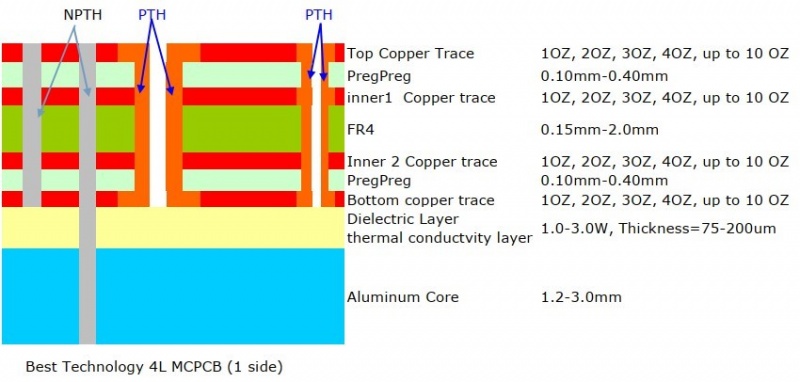
Why Use Aluminum Materials for LED PCBs? Aluminum vs. Copper
Aluminum provides several advantages over other materials like copper in the context of LED PCBs. Although copper offers higher thermal conductivity (398 W/mK), aluminum’s thermal conductivity is substantial at 235 W/mK, sufficient for the thermal demands of most LED applications. Aluminum's lower density results in lighter PCBs, an advantage in applications where weight is a constraint, such as in mobile or wearable technologies. Additionally, aluminum is more cost-effective than copper, making it an economically viable option for largescale and commercial applications. The material's natural abundance and ease of processing further contribute to its preference in the industry.
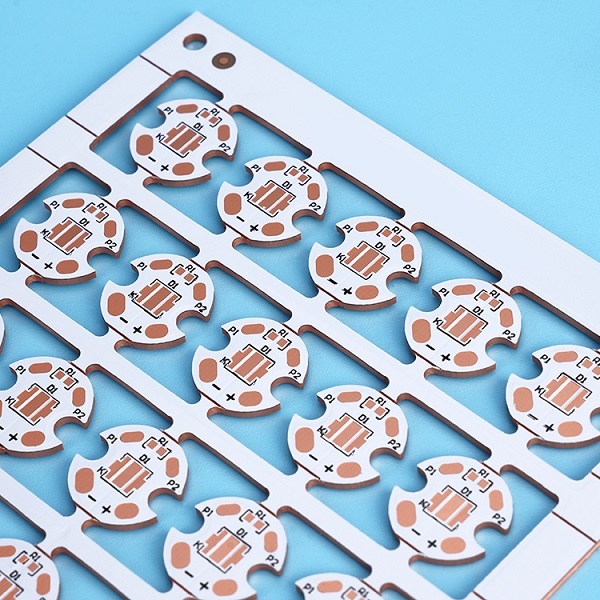
How Does the Dielectric Constant Affect Aluminum LED PCB Performance?
The performance of aluminum LED PCBs is also influenced by the dielectric constant of the material used in the dielectric layer. This constant factor measures the material's ability to store electrical energy in an electric field. A lower dielectric constant is preferable as it minimizes electromagnetic interference (EMI) and reduces energy loss, which is crucial in maintaining signal integrity in high-frequency applications. Selecting a dielectric material with an optimal dielectric constant not only enhances the efficiency of the LED but also ensures stability and reliability in its performance, particularly in environments subject to electrical noise and interference.
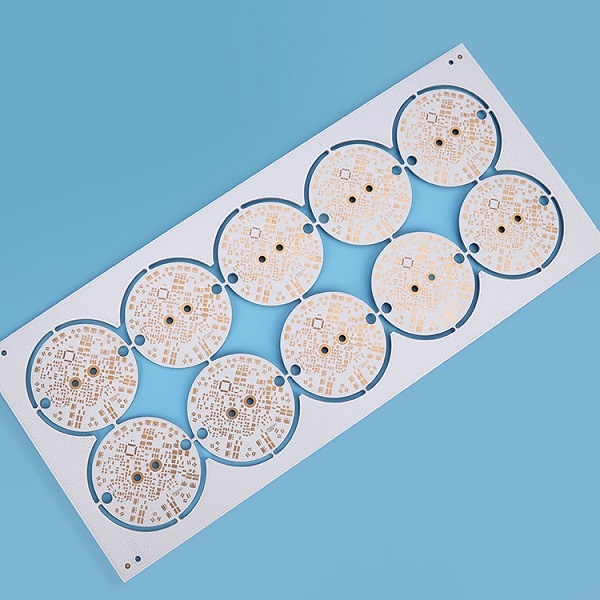
What Surface Finishing Options are Available for Aluminum LED PCBs?
The durability and performance of aluminum LED PCBs can be further enhanced through various finishing options, each suited to different operational requirements:
1. HASL-LF (Hot Air Solder Leveling Lead Free)
This finish provides a robust, thick solderable surface, making it suitable for general applications.
2. ENIG (Electroless Nickel Immersion Gold)
Known for excellent surface planarity, ENIG is ideal for applications involving fine-pitch components, providing good solderability and resistance to oxidation.
3. OSP (Organic Solderability Preservatives)
While being the most cost-effective option, OSP offers a flat surface but has lower durability compared to HASL and ENIG. It is suitable for applications where solderability over a limited time frame is required.
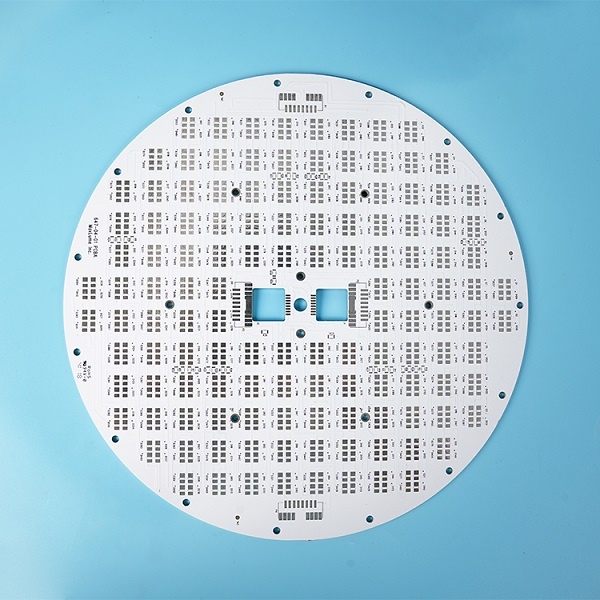
Best Technology has engaging into the metal core PCB manufacturing for more than 17 years. Through continuous growth and improvement, we have achieved certifications in ISO 9001, ISO 13485, and IATF 16949 in previous years. Our mission is to deliver exceptional service and high-quality products, enabling our customers to excel in their markets. By focusing on innovation and reliability, we believe that we can provide the best solutions in short time to meet all the requirements of customers.
aluminum LED PCBs, LED efficiency, thermal management, aluminum pcb, copper pcb, surface treatment,
Related Blog
- What is Thermal and Electrical Separating Pad in Metal Core PCB?
- LED PCB Assembly Process: Step-by-Step Guide for Beginners
- Why Always Recommend White Solder Mask Black Silkscreen for Aluminum PCB?
- What Materials Are Commonly Used for Manufacturing Lighting PCBs?
- Everything You Should Know About Metal Core Circuit Board
- What Are the Differences Between Ceramic PCB, Metal Core PCB And Standard FR4 PCB?
- Why Choose Best Technology As Your MCPCB Manufacturer?
- What is LED Light Circuit Board and How to Make it?
- When is International Labour Day in 2024 and What are the Significances of It?
- How Does A Convexity Comes Out On Thermoelectric Separation Copper Based PCB?
- Why is Aluminum LED PCB Important for Indoor Growth Lights?
- Application of Metal Core Pcbs in the Development of LED Technology
- Why Choose White Solder Mask for Metal core PCB When Used In LED Devices?
- Understanding Aluminum LED PCBs in 1000w LED Grow Lights
- What Are the Advantages of Metal Core PCB? How to Choose?
- Automotive Light Copper Core Pcb Production Process—testing
- Why Are Metal Core PCBs, Especially Copper Core, Used In Heat-Sensitive Electronics?
- How do aluminum LED PCBs improve LED efficiency?
- What Are the Differences Between Regular and Thermoelectric Separation Copper-Base PCBs?
- Aluminum PCB VS FR-4 Performance Comparison



